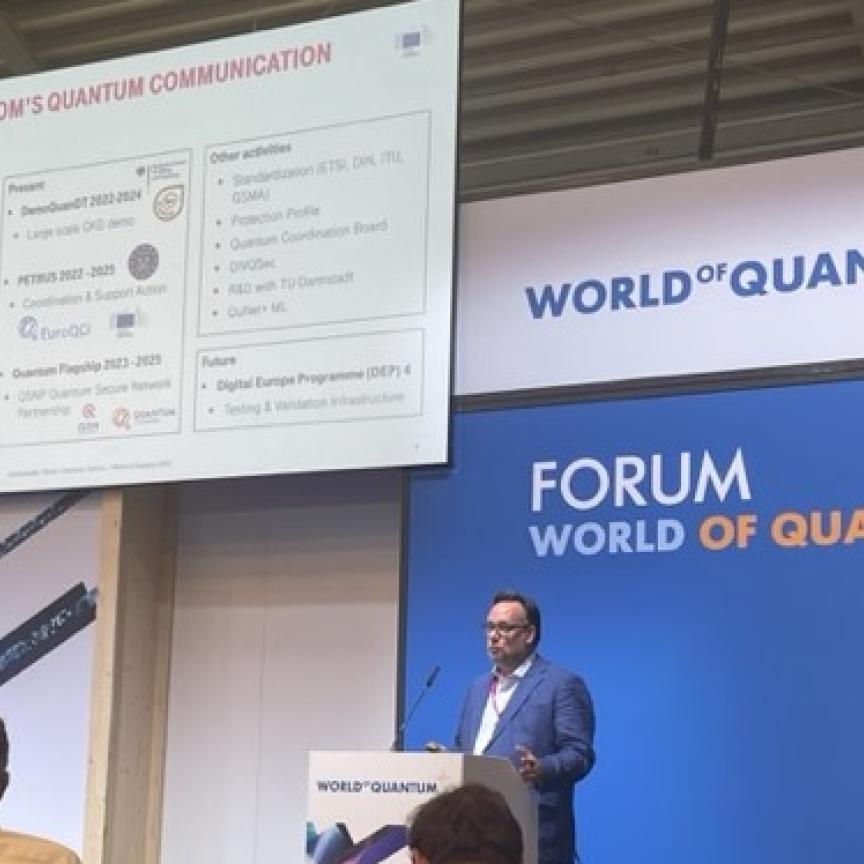Researchers at Caltech have developed a new semiconductor laser that could transmit data at higher speeds along an optical fibre. The work could pave the way for faster broadband internet and other optical fibre communications.
The new laser design has a much higher spectral purity than the semiconductor distributed-feedback (DFB) laser that is at the heart of today’s fibre optic communications. The new laser has more than 10 times the linewidth improvement compared to commercial semiconductor lasers, the researchers state, with the possibility of further increase in coherence.
The study, led by Dr Christos Santis and carried out in the laboratory of Amnon Yariv, a professor of electrical engineering at Caltech, was published in the online edition of the Proceedings of the National Academy of Sciences.
The new laser design incorporates a high-Q optical resonator as part of the laser cavity, which reduces noise. Some of the noise in commercial semiconductor lasers is due to spontaneous emissions from the semiconductor material, because the photons are both generated and stored in the same material.
In the new design, the stored optical energy is removed by concentrating it in a passive low-loss material and incorporating the high-Q resonator in the laser cavity.
Free-space optic lasers installed on towers are set to transmit information between the data centres of the New York Stock Exchange (NYSE) and Nasdaq, because of the improvements in latency when sending the data via laser compared to traditional methods.
The higher spectral purity of the new Caltech laser design increases the data carrying capacity of fibre optic cables and could lead to faster optical communications.

